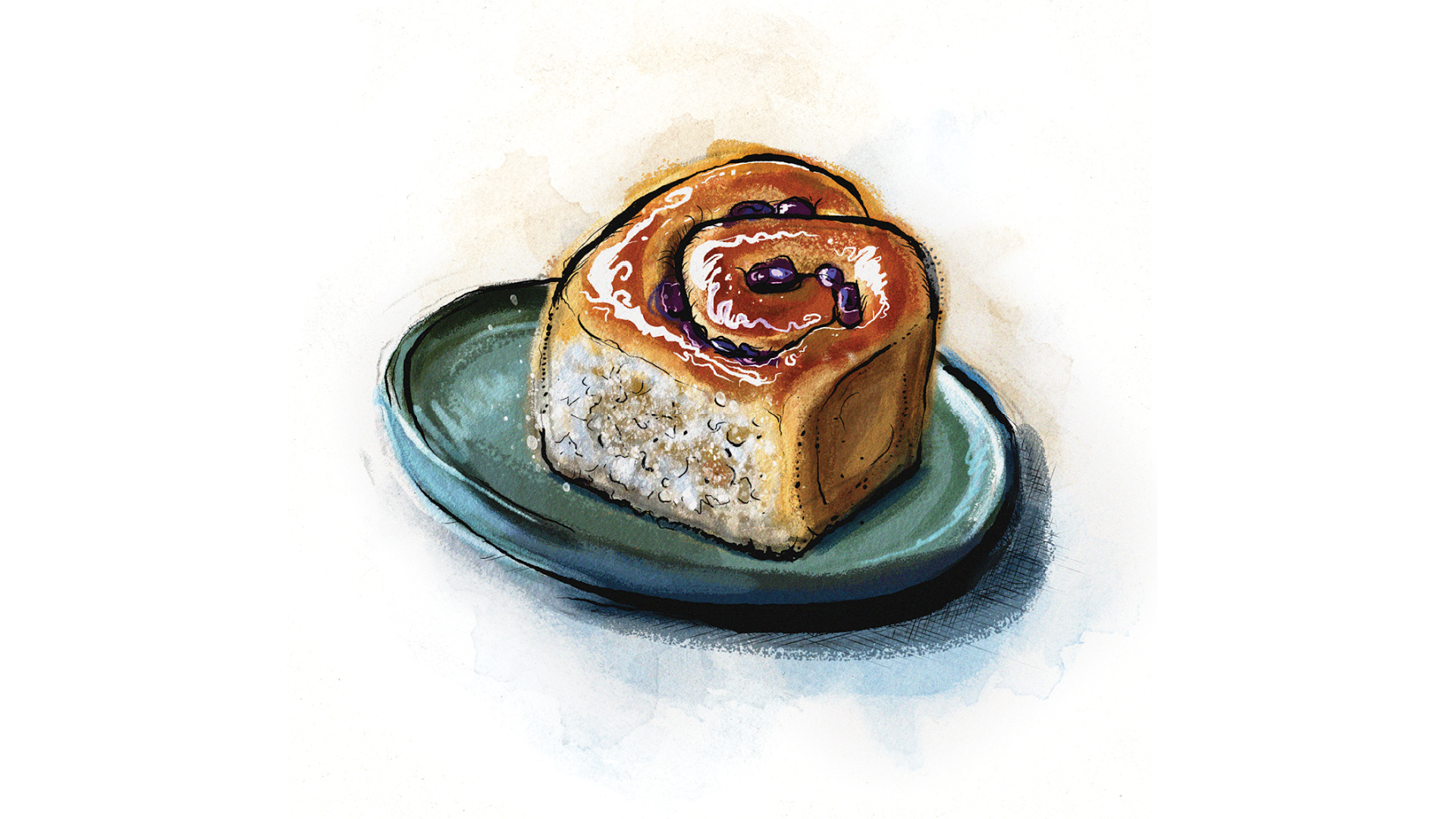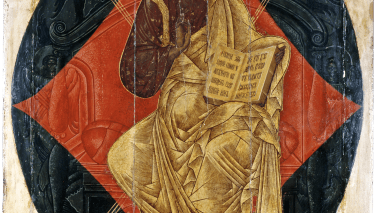The Chelsea bun was first baked in the Bun House in Chelsea in the 18th century. It was a bakery which found particular favour with the Hanoverian royal family, as its pastries were reminiscent of those from whence they came. But these buns were for everyman: they were customarily bought by the poor on Good Friday along with hot cross buns. On these days, the demand was such that the buns were sold through an opening in the shutters, and a police presence was needed. The Bun House was headed up by Richard Hand who was known as ‘Captain Bun’; after his death, the shop passed on to one of his sons and then another. In 1839 there was no one left to take it on, and the shop closed.
They’re ‘the best of all buns, on account of their buttery melting sweetness’
Since then, Chelsea buns have become synonymous with a bakery that has no real links to Chelsea whatsoever. Fitzbillies has been a fixture of Trumpington Street in Cambridge since 1920, and Chelsea buns were on the menu at its inception. In 2010, Fitzbillies closed due to bankruptcy (for the second time), to the heartbreak of those near and far for whom the Chelsea buns had been a formative part of their time in Cambridge. There was a campaign to save it, and it was rescued in 2011 by Tim Hayward and Alison Wright, who have brought it back to its former glory.
The Chelsea buns at Fitzbillies are baked by hand 362 days a year. The bakery estimates that since the head baker, Gill Abbs, joined in 1971, she has made five million buns – ‘enough to stretch from Cambridge to the International Space Station’.
I used to live about as close as it’s physically possible to live to Fitzbillies; I could probably have grabbed a bun from the window of my room.








Comments
Join the debate for just £1 a month
Be part of the conversation with other Spectator readers by getting your first three months for £3.
UNLOCK ACCESS Just £1 a monthAlready a subscriber? Log in